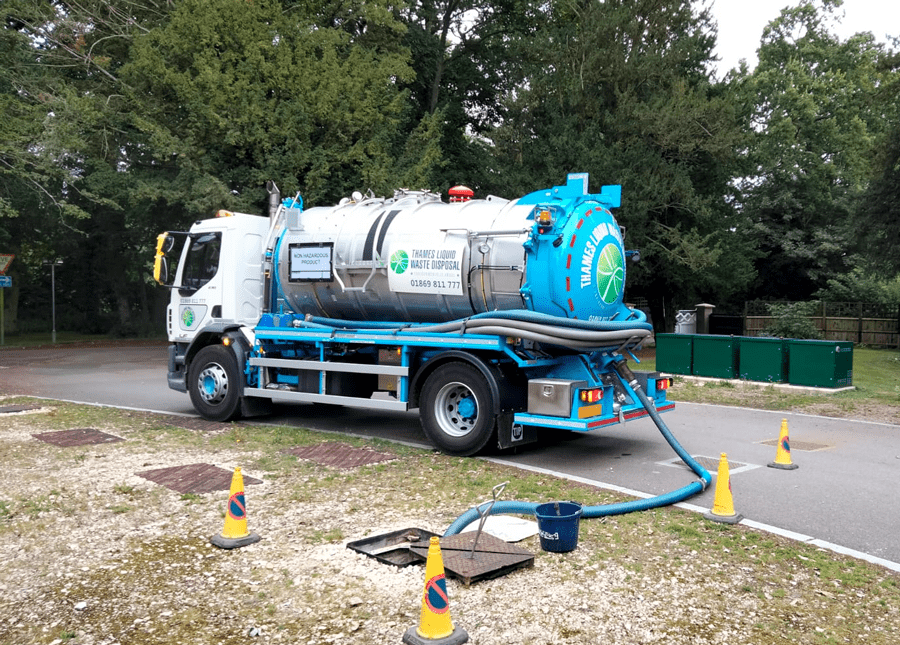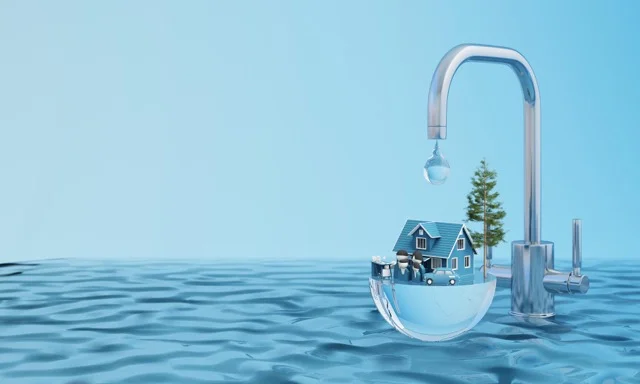Reclaim Waste Things To Know Before You Get This
Reclaim Waste Things To Know Before You Get This
Blog Article
The 10-Second Trick For Reclaim Waste
Table of ContentsA Biased View of Reclaim WasteThe Greatest Guide To Reclaim WasteWhat Does Reclaim Waste Mean?Reclaim Waste - TruthsReclaim Waste Fundamentals Explained
Discover the types, occurrences, and kinds of fluid waste. Domestic sewer waste describes the waste and products from a property sewage-disposal tank. This kind of waste is created by human beings in houses, schools, and various other structures. This only includes septic systems that have a drainpipe field. The correct management and disposal of domestic sewer waste call for fluid waste to be transferred to a sewage treatment plant where the correct approaches and equipment are related to purify and dispose of waste.
Industrial waste typically consists of possible risks, such as combustible materials or a combination of liquid and solid waste items, and requires an advanced and in-depth disposal process. The disposal of industrial waste usually includes the filtering of waste prior to transportation to make certain risk-free and appropriate disposal. Industrial waste is produced from results and drainage of commercial processes and production.
This kind of waste can not make use of the same sewage monitoring transport or procedures as septic or business fluids. The hazardous waste monitoring process requires the evaluation and testing of liquid waste before it undergoes the disposal procedure (industrial wastewater treatment). Runoff waste is the liquid waste that originates from drainage and excess stormwater in highly booming areas or cities
Runoff waste can trigger contamination and flooding if not handled properly. Making certain correct waste management can avoid calamities and minimize ecological damage.
The 8-Minute Rule for Reclaim Waste
Get in touch with PROS Services today to find out regarding our waste monitoring and disposal solutions and the appropriate ways to take care of the liquid waste you produce.
(https://triberr.com/reclaimwaste1)Do you recognize what happens to your water when you pull the plug, flush the commode or drain the cleaning machine? No? Well, it deserves recognizing. This so-called 'wastewater' is not just an essential resource but, after therapy, will certainly be released to our land, waterways or the sea. Made use of water from bathrooms, showers, baths, kitchen area sinks, washings and industrial procedures is referred to as wastewater.

water used to cool equipment or clean plant and tools). Stormwater, a type of wastewater, is runoff that streams from farming and urban locations such as roofing systems, parks, yards, roads, paths and gutters right into stormwater drains pipes, after rain. Stormwater moves unattended directly to regional creeks or rivers, ultimately getting to the sea.
Little Known Questions About Reclaim Waste.
In Queensland, a lot of wastewater is treated at sewer treatment plants. Wastewater is carried from residential or commercial sites through a system of drains and pump terminals, called sewage reticulation, to a sewage treatment plant. City governments build, keep and operate most sewer therapy plants. Operators are licensed under the Environmental Management Act 1994 to release cured wastewater at an acceptable environmental criterion right into rivers.
The Division of Natural Resources encourages city governments about handling, operating and keeping sewage systems and treatment plants. In unsewered areas, neighborhood federal governments might call for owners to mount specific or home sewer treatment systems to deal with residential wastewater from bathrooms, cooking areas, bathrooms and washings. The Division of Natural Resources authorises using family systems when they are verified to be effective.
Most stormwater obtains no therapy. In some new subdivisions, therapy of some stormwater to eliminate trash, sand and crushed rock has begun using gross pollutant traps. Wastewater therapy occurs in 4 phases: Removes solid issue. Larger solids, such as plastics and various other objects wrongly released to sewage systems, are removed when wastewater is passed with displays.
Uses tiny living organisms knows as micro-organisms to break down and get rid of remaining liquified wastes and great fragments. Micro-organisms and wastes are included in the sludge.
Excitement About Reclaim Waste
Nutrient removal is not available at all sewer therapy plants since it needs pricey specialist equipment. Clear liquid effluent generated after treatment may still include disease-causing micro-organisms - liquid waste removal melbourne.

Most wastewater moves into the sewage system. Under the Act, regional governments administer authorizations and licences for environmentally appropriate tasks (Ages) involving wastewater launches that could have a regional influence.
See This Report on Reclaim Waste
Tracking gives valid information about water quality and can verify that permit problems are being fulfilled. The information obtained with surveillance offers the basis for making water high quality choices.
Report this page